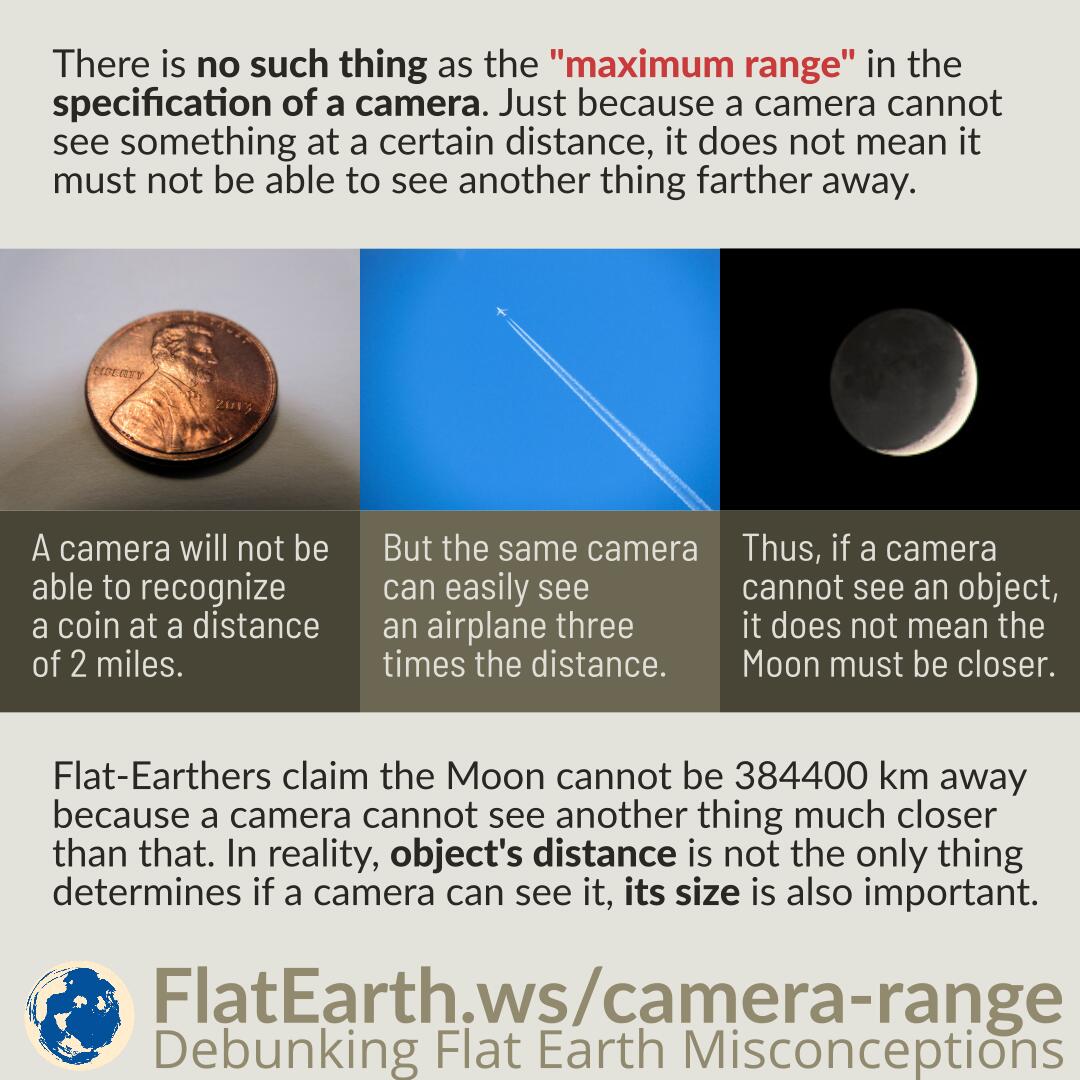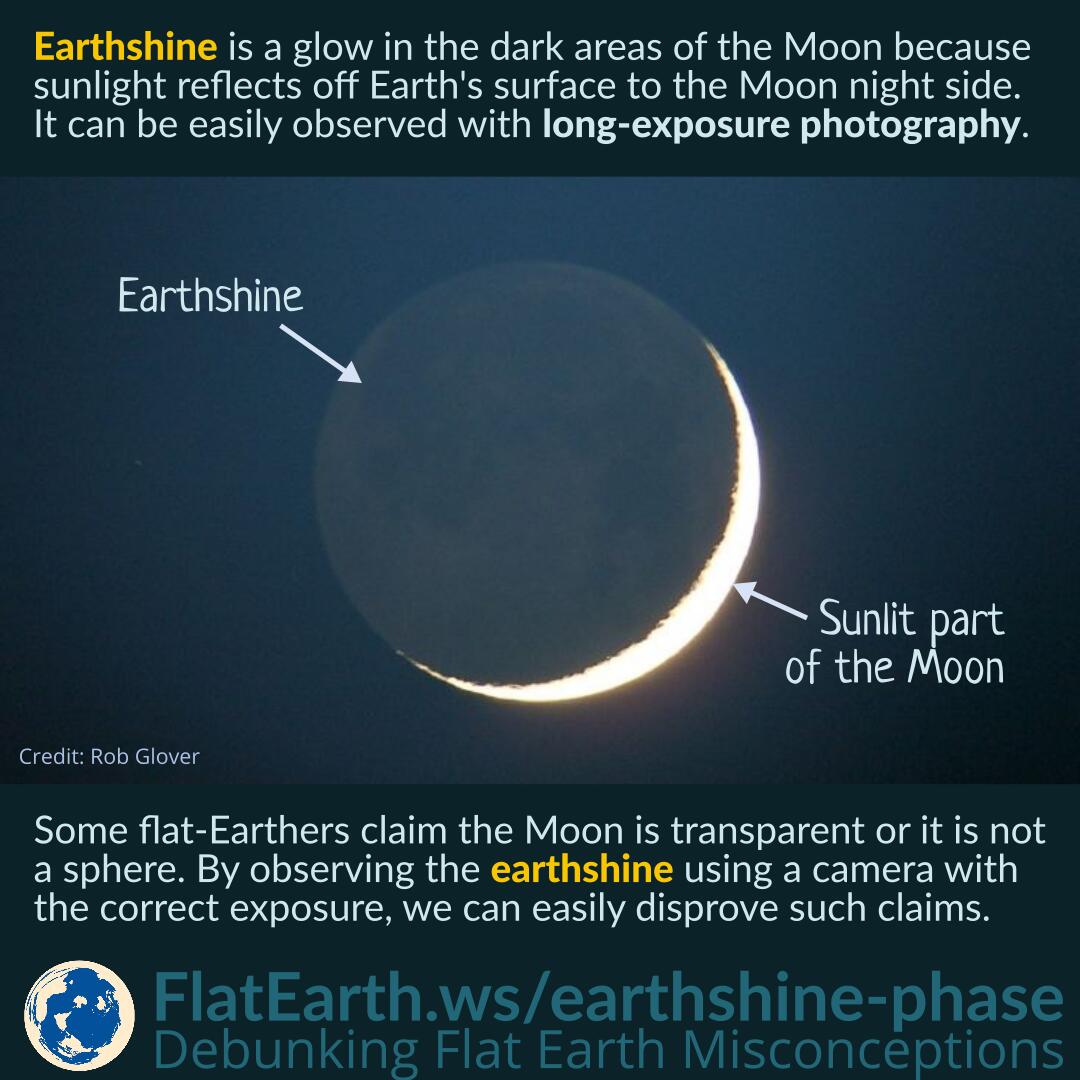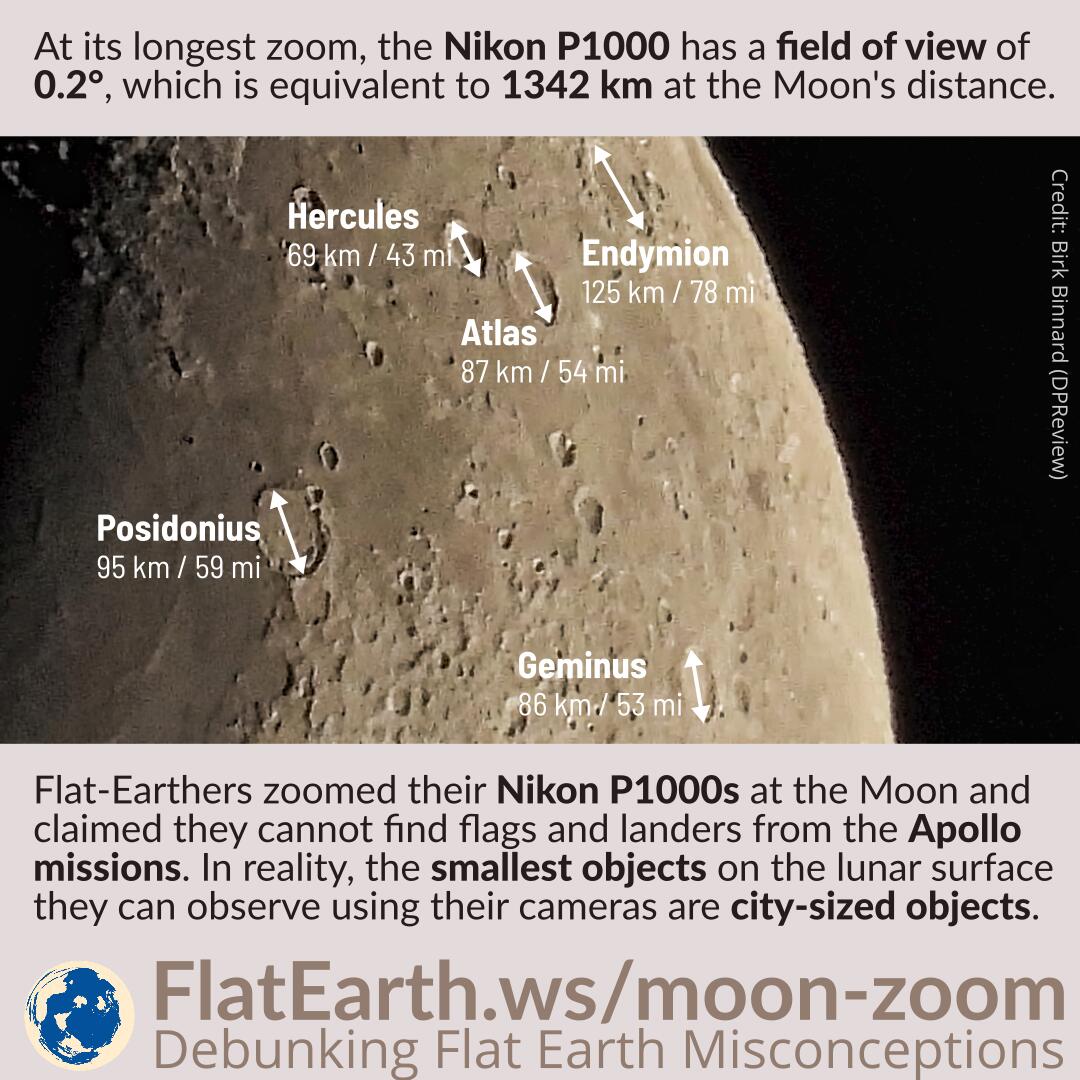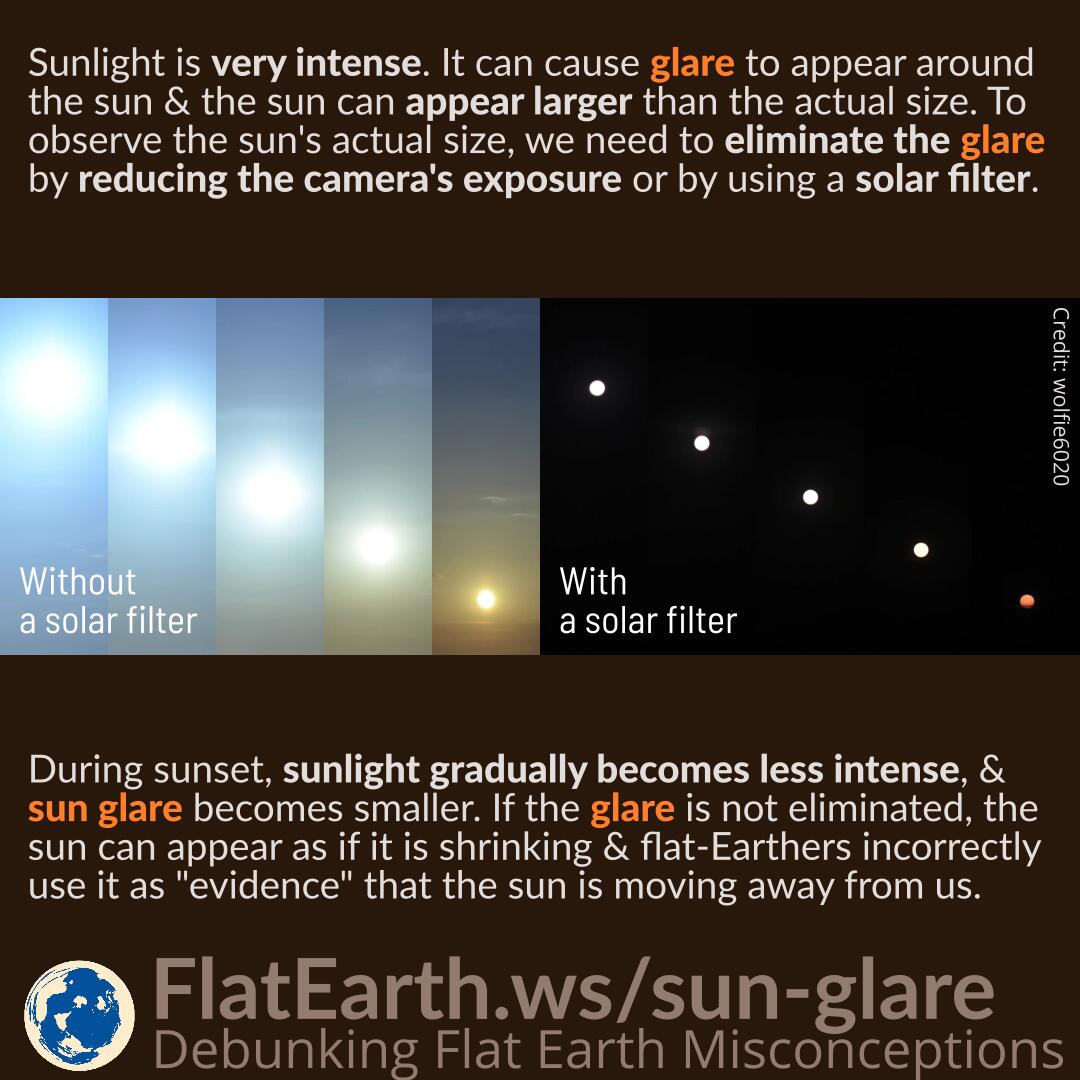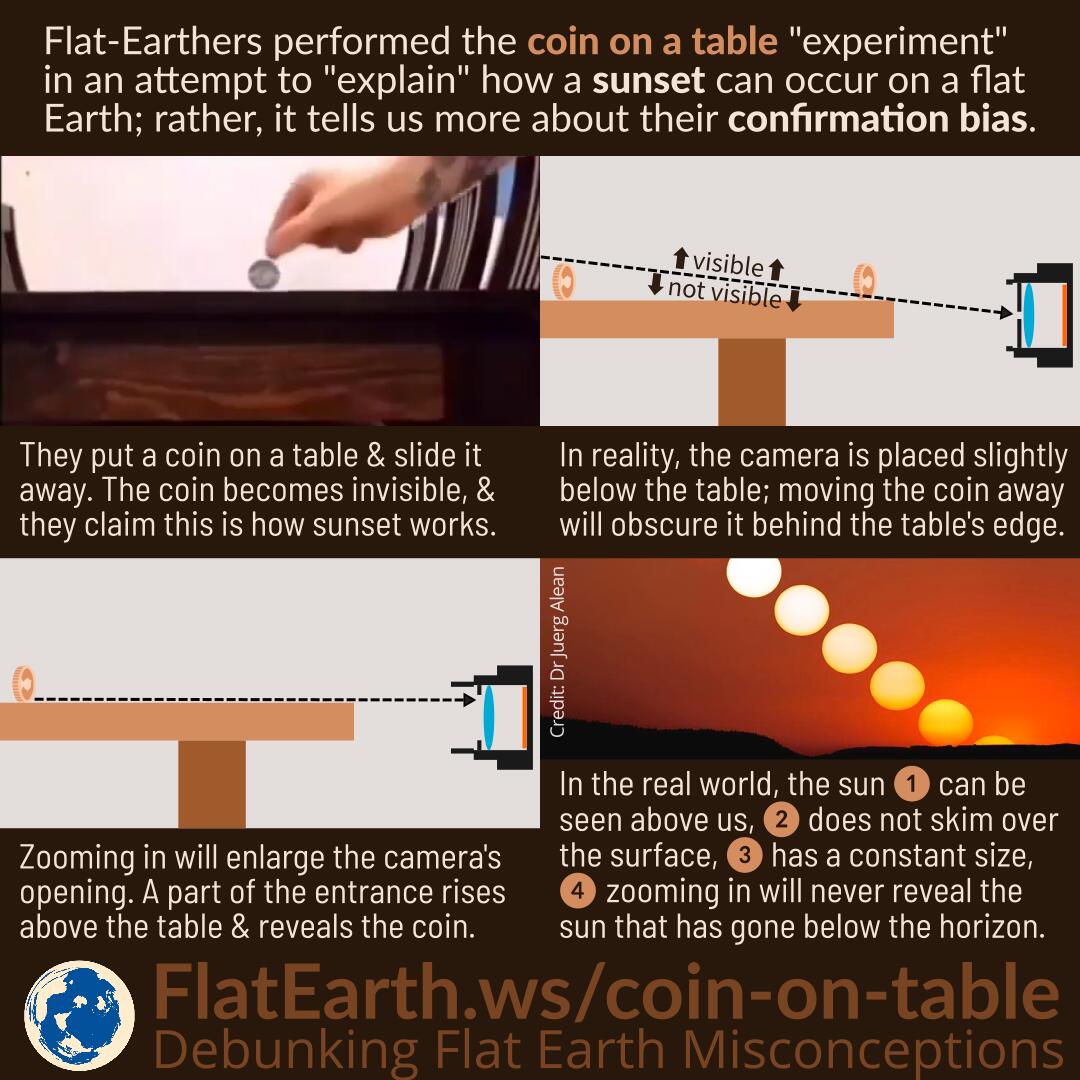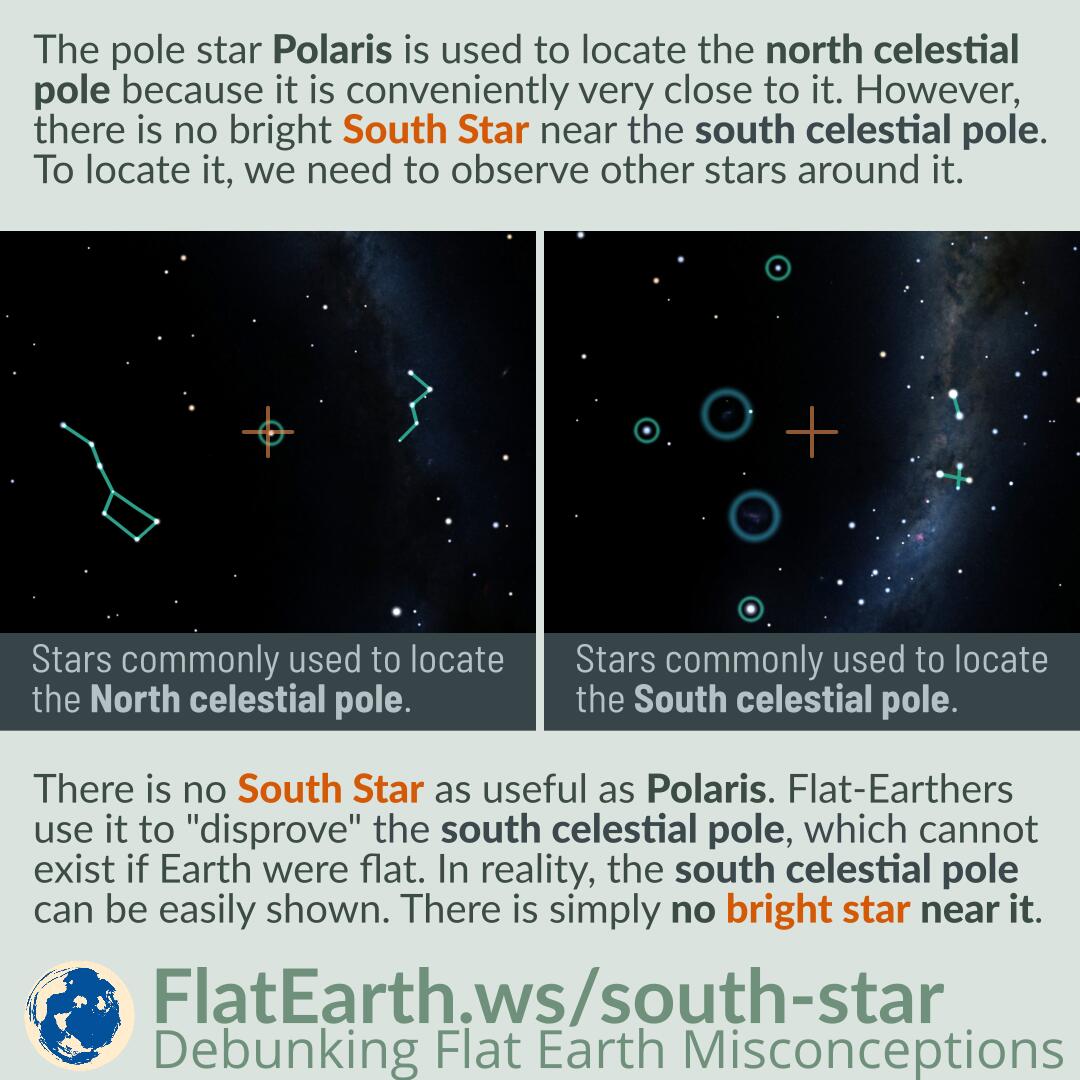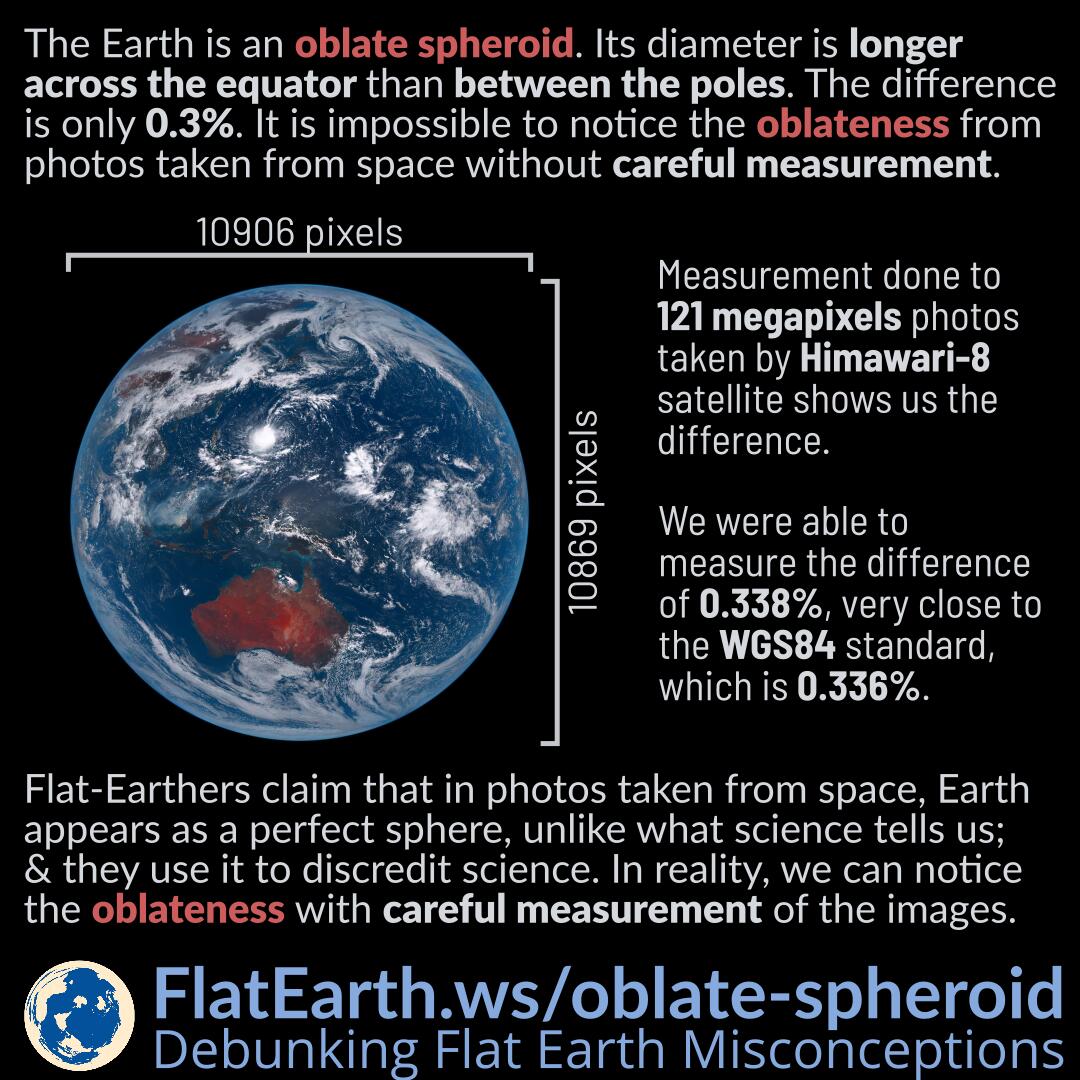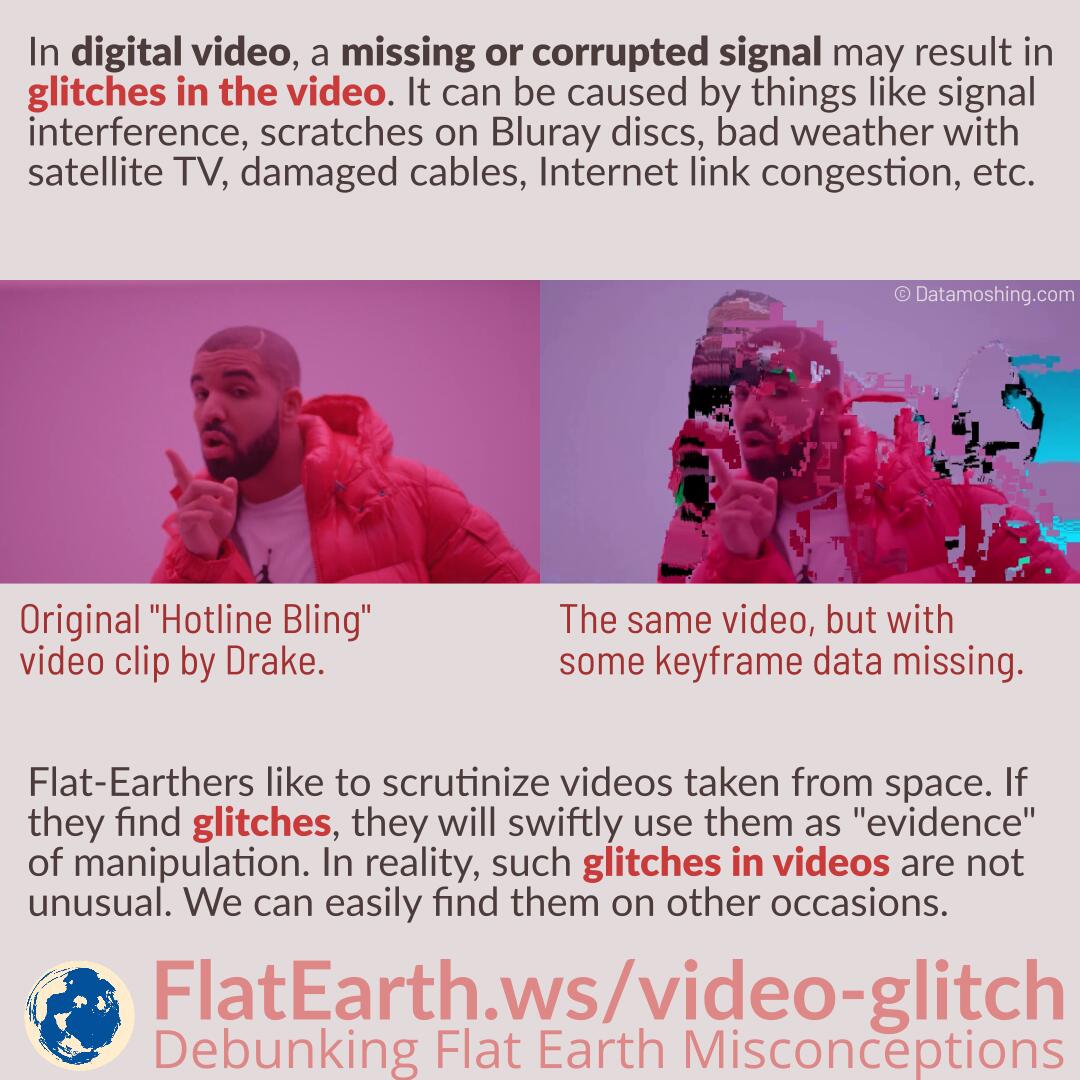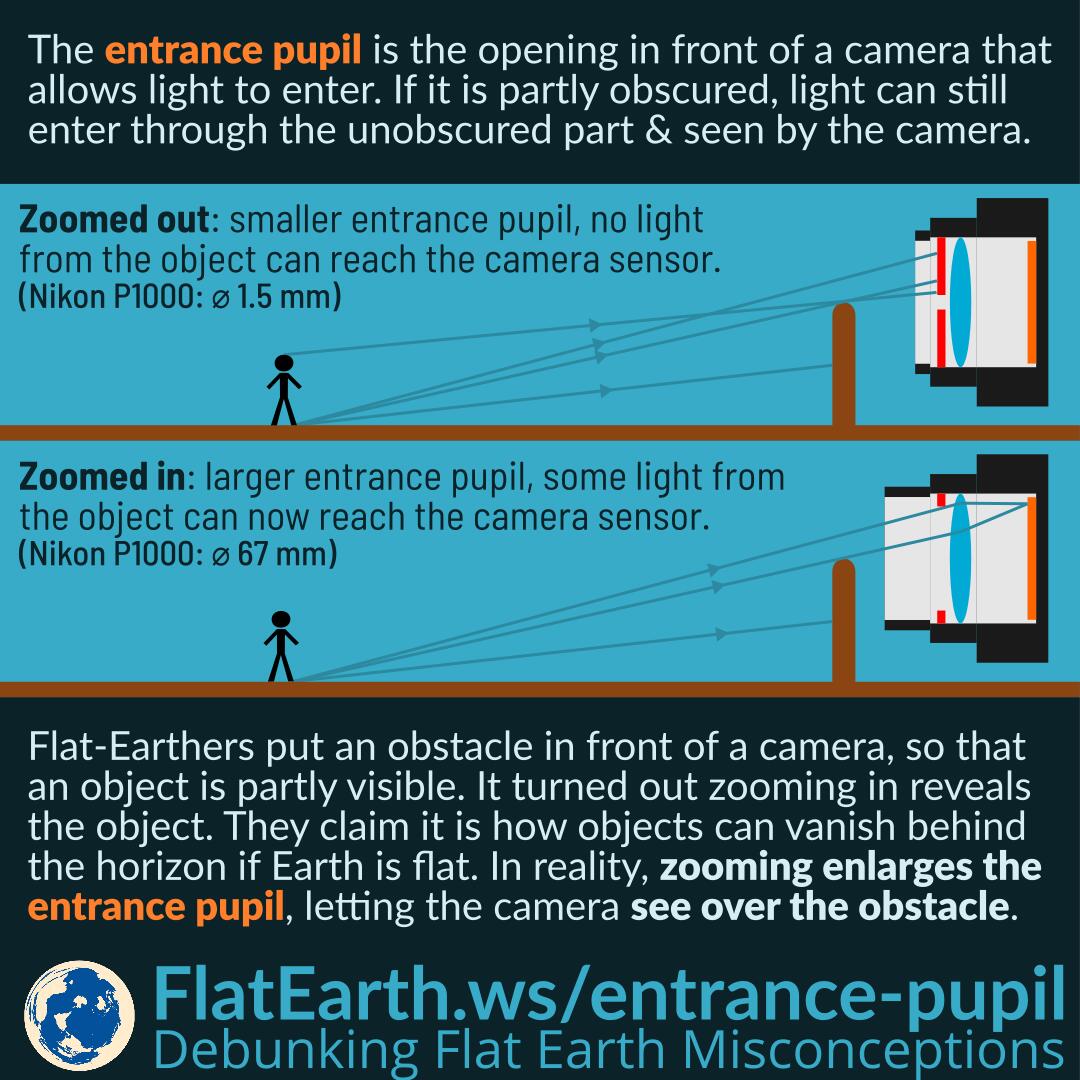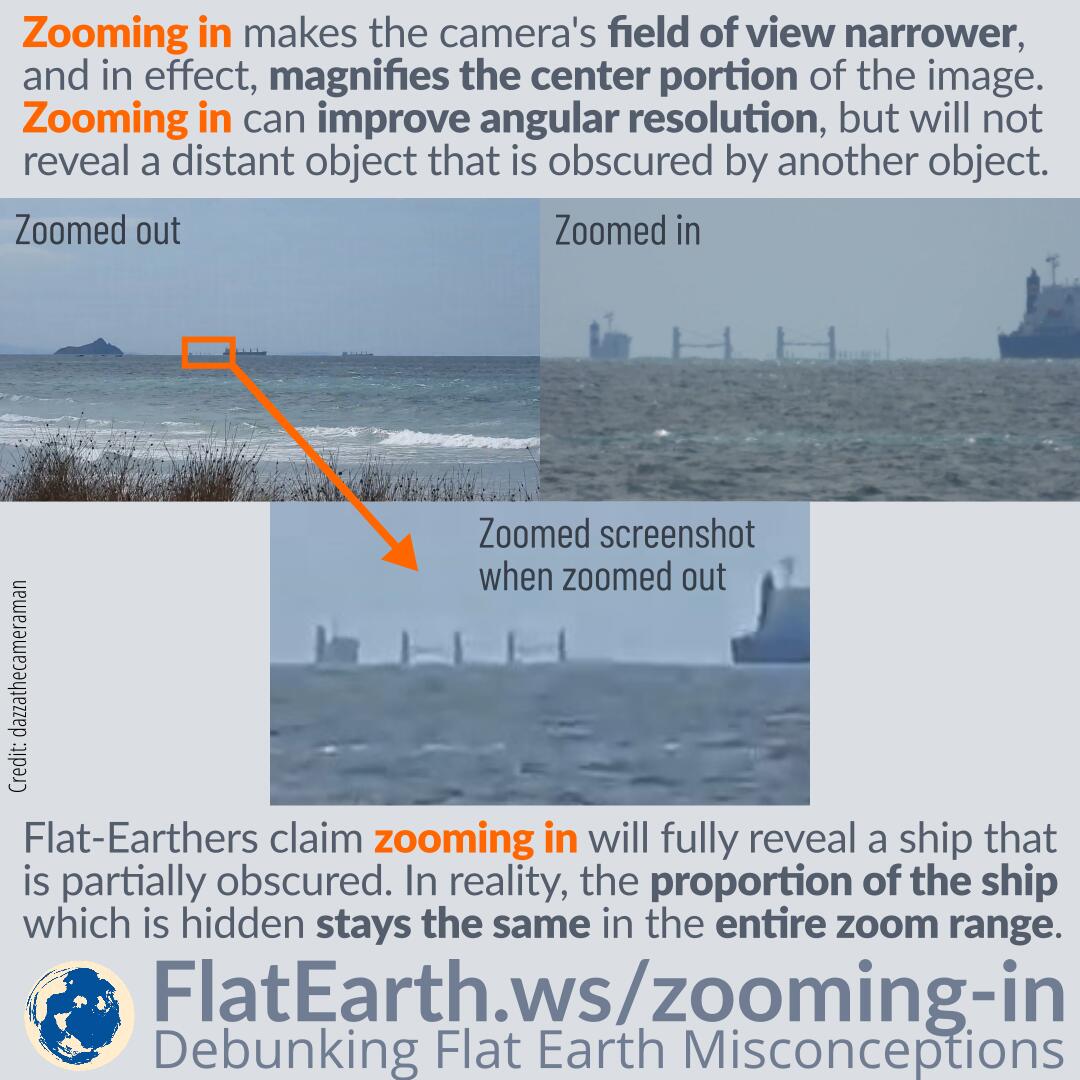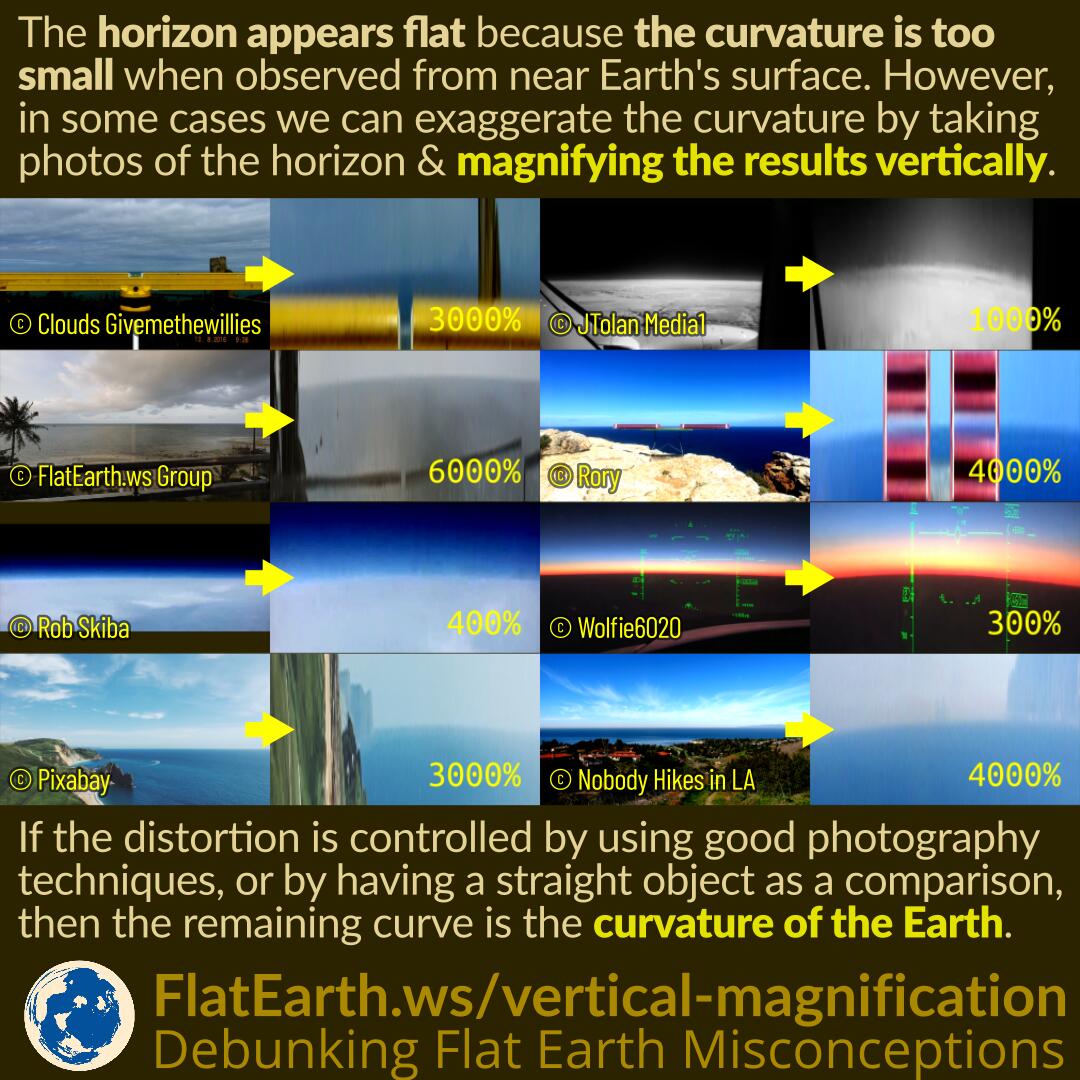There is no such thing as the “maximum range” in the specification of any camera. Just because a camera cannot see something at a certain distance, it does not mean it must not be able to see another thing farther away.
Flat-Earthers claim that the Moon cannot be 384400 km away because a camera cannot see another thing much closer than that. In reality, an object’s distance is not the only thing that determines if a camera can see it, but the object’s size also matters.


